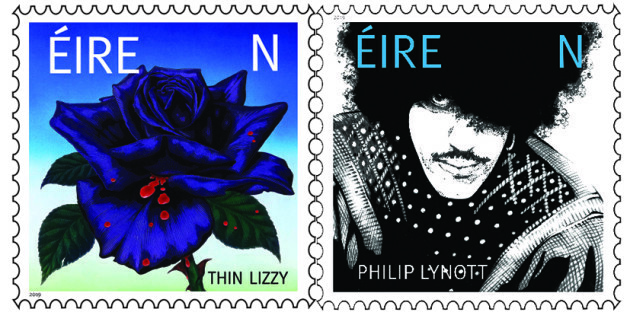Genetic Consequences of the Transatlantic Slave Trade in the AmericasPosted in Africa, Articles, Canada, Caribbean/Latin America, Europe, Health/Medicine/Genetics, History, Media Archive, Slavery, United States on 2020-07-24 02:41Z by Steven |
Genetic Consequences of the Transatlantic Slave Trade in the Americas
The American Journal of Human Genetics
Published: 2020-07-23
37 pages
DOI:10.1016/j.ajhg.2020.06.012
Steven J. Micheletti
23andMe, Inc., Sunnyvale, California
Kasia Bryc
23andMe, Inc., Sunnyvale, California
Samantha G. Ancona Esselmann
23andMe, Inc., Sunnyvale, California
William A. Freyman
23andMe, Inc., Sunnyvale, California
Meghan E. Moreno
23andMe, Inc., Sunnyvale, California
G. David Poznik
23andMe, Inc., Sunnyvale, California
Anjali J. Shastri
23andMe, Inc., Sunnyvale, California
23andMe Research Team
23andMe, Inc., Sunnyvale, California
Sandra Beleza
University of Leicester, Leicester, United Kingdom
Joanna L. Mountain
23andMe, Inc., Sunnyvale, California
According to historical records of transatlantic slavery, traders forcibly deported an estimated 12.5 million people from ports along the Atlantic coastline of Africa between the 16th and 19th centuries, with global impacts reaching to the present day, more than a century and a half after slavery’s abolition. Such records have fueled a broad understanding of the forced migration from Africa to the Americas yet remain underexplored in concert with genetic data. Here, we analyzed genotype array data from 50,281 research participants, which—combined with historical shipping documents—illustrate that the current genetic landscape of the Americas is largely concordant with expectations derived from documentation of slave voyages. For instance, genetic connections between people in slave trading regions of Africa and disembarkation regions of the Americas generally mirror the proportion of individuals forcibly moved between those regions. While some discordances can be explained by additional records of deportations within the Americas, other discordances yield insights into variable survival rates and timing of arrival of enslaved people from specific regions of Africa. Furthermore, the greater contribution of African women to the gene pool compared to African men varies across the Americas, consistent with literature documenting regional differences in slavery practices. This investigation of the transatlantic slave trade, which is broad in scope in terms of both datasets and analyses, establishes genetic links between individuals in the Americas and populations across Atlantic Africa, yielding a more comprehensive understanding of the African roots of peoples of the Americas.
 Figure 1 Location of Individuals and Cohorts Arrows highlight the general direction of the triangular trade routes between continents during the transatlantic slave trade. Pie charts indicate the documented number of enslaved people embarking out of regions of Africa (∼12.5 million total) and disembarking in regions of the Americas (∼10.5 million total) between 1515 and 1865. Representatives of regions of the Americas and Europe indicated that they each have four grandparents born within the same country or US state. Representatives of Atlantic Africa either indicated four grandparents born within or historical ties to a country. Points indicate the ∼16,000 unique grandparental geo-coordinates provided by participants. ∗Cape Verde is an Atlantic African island country that, in the 15th century, was colonized by the Portuguese and inhabited primarily by enslaved people from Senegambia. |









